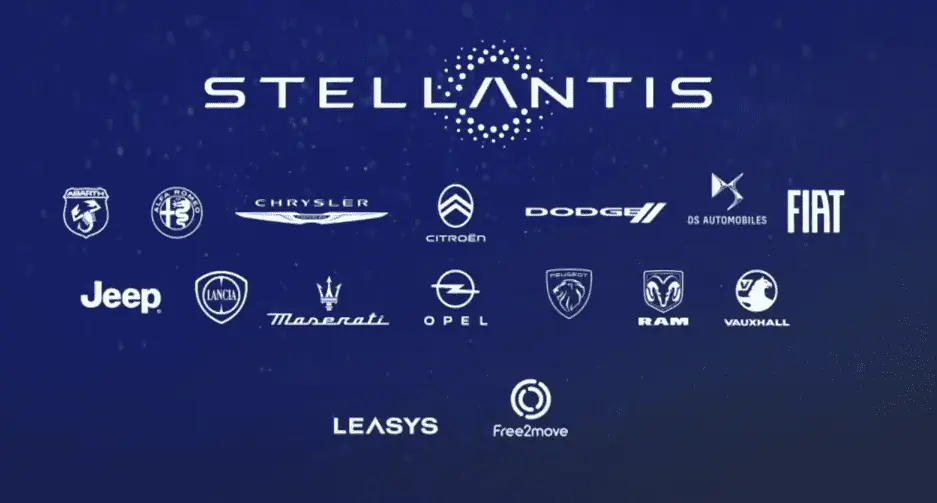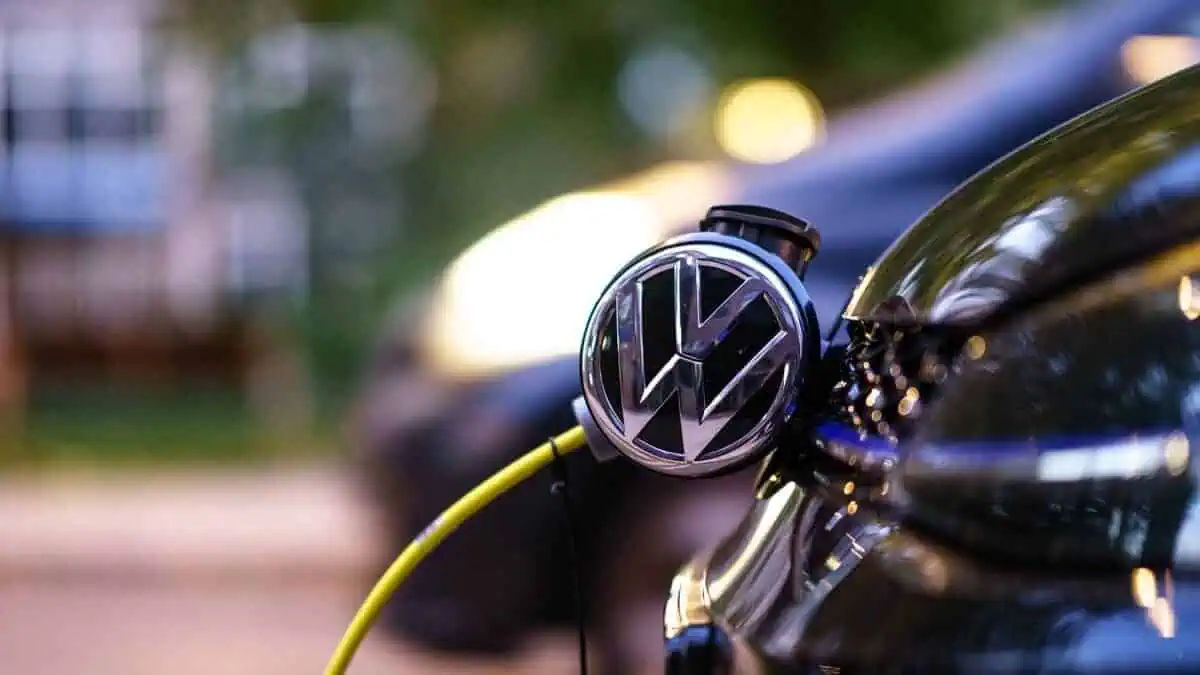Multinational automaker Stellantis announced Monday its plans to invest $111 million (€103 million) in expanding its existing Hungary facility to produce electric drive modules, which will support the company’s electric vehicle production ramp-up.
Investment details
According to the press release, Stellantis aims to boost its electric drive modules (EDMs) output by adding production in its Szentgotthard factory in Hungary.
This new $111 million investment in Szentgotthard reportedly includes subsidies and contributions from the government of Hungary. It marks the latest initiative of the multinational automaker to retool its existing facilities to support its electrification goals.
“Bringing production of electric drive modules to Szentgotthard to support our transformation towards electrification is another important part of our goal to provide customers with clean, safe and affordable mobility. The people at this plant can be proud that their work will be an integral part of our electrified future and a core element of delivering customer-focused, class-leading electrified vehicles from our iconic brands.”
Arnaud Deboeuf, Stellantis Chief Manufacturing Officer
Stellantis expects to kick off EDM production in late 2026.
Szentgotthard plant expansion
Stellantis’ Szentgotthard facility currently produces the 1.2-liter turbocharged three-cylinder and 1.6-liter four-cylinder internal combustion engines to support various Stellantis brand vehicles. That said, Stellantis will provide upskilling training for the factory workers to equip them with the necessary knowledge and skills in EDM production. It includes particular key components machining and 3-in-1 EDMs final assembly and testing, which integrates the electric motor, reduction gearset, and inverter into a single unit.
Stellantis aims to use the EDMs produced from the Szentgotthard manufacturing line for its electric vehicles that will ride on its new BEV-centric STLA platform.
“This investment means that Hungary will have a stronger role in helping the automotive industry make its electrification transition. Now, traditional propulsion will be manufactured next to electric drive module production. With this investment, we are protecting jobs and ensuring the future of the Szentgotthárd plant.”
Minister Péter Szijjártó
Stellantis’ electrification goals
Stellantis announced its planned investment of over €50 billion to fund its electrification under the Dare Forward 2030.
Specifically, Stellantis aims to have battery electric vehicles (BEVs) account for 100% of its overall passenger vehicle sales in Europe and 50% in the US by 2030.
These targets are all crucial for Stellantis to hit its goal of becoming a “carbon net zero corporation” by 2038.






